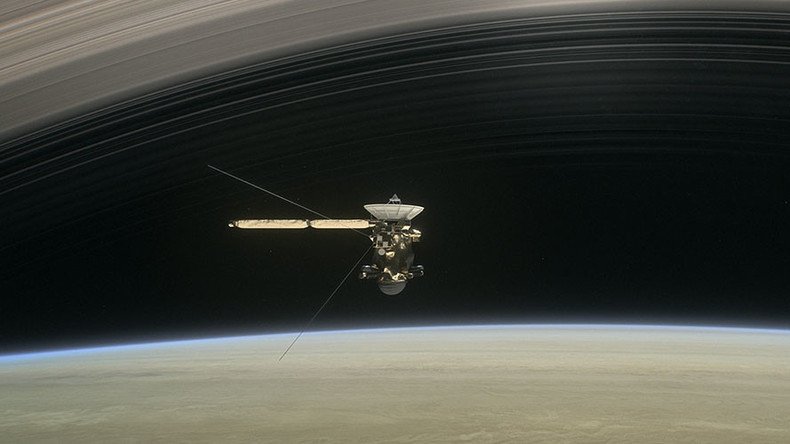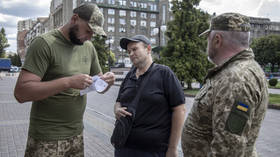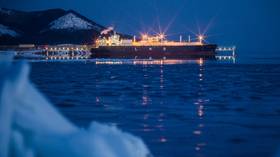Cassini spacecraft completes ‘goodbye kiss’ and turns to face its fiery death (VIDEOS)

The Cassini spacecraft completed its final encounter with Saturn’s largest moon, Titan, before setting itself on a fatal collision course with the ringed planet later this week.
The probe passed within 75,000 miles (120,000km) of the moon’s surface on Monday. That “goodbye kiss,” as NASA mission engineers call it, has altered Cassini’s trajectory just enough to send it hurtling towards Saturn where it will meet its end on Friday.
“Cassini has been in a long-term relationship with Titan, with a new rendezvous nearly every month for more than a decade,” Cassini Project Manager Earl Maize of NASA said in a statement.
“This final encounter is something of a bittersweet goodbye, but as it has done throughout the mission, Titan's gravity is once again sending Cassini where we need it to go.”
READ MORE: Cassini revelations: The key discoveries from NASA’s Saturn mission (PHOTOS, VIDEOS)
Cassini has made hundreds of passes over Titan in its 13-year mission exploring Saturn and its moons. The ‘slingshot’ method repeatedly used the moon’s gravity to propel itself onto different courses.
On Friday the craft will be ripped apart by Saturn’s atmosphere and its materials will be entirely consumed by the planet’s gases.
The ship’s instruments collected some final scientific data, including images, from Titan as it sailed by.
Hi Titan! We're back for one final goodbye. First images of #Cassini final swingby now arriving. #cassinigrandfinale via @RawCassinipic.twitter.com/gN0573hQTj
— Conor A Nixon (@Shamrocketeer) September 11, 2017
The Cassini-Huygens mission is a joint endeavour between NASA, and the European and Italian space agencies. By sending the craft to its death, the team are wringing as much as possible out of the probe’s almost-exhausted fuel supplies.
The destruction of the ship in Saturn’s atmosphere is to prevent it from crashing into – and contaminating – one of the planet’s moons.
Cassini’s revelations about Titan have been some of the most significant discoveries in the entire mission.
Little was known about the moon before the spacecraft sent the small Huygens robot to its surface in 2005. Huygens found an Earth-like world with lakes and seas composed of liquid methane and ethane near its poles and, deep below its surface, a large internal ocean.












